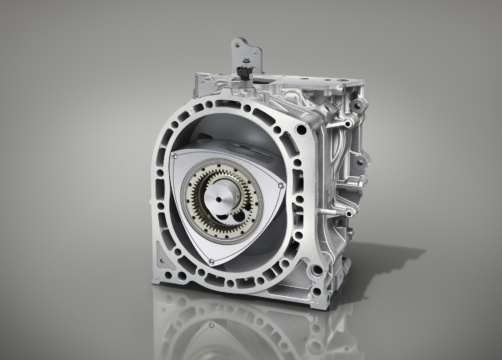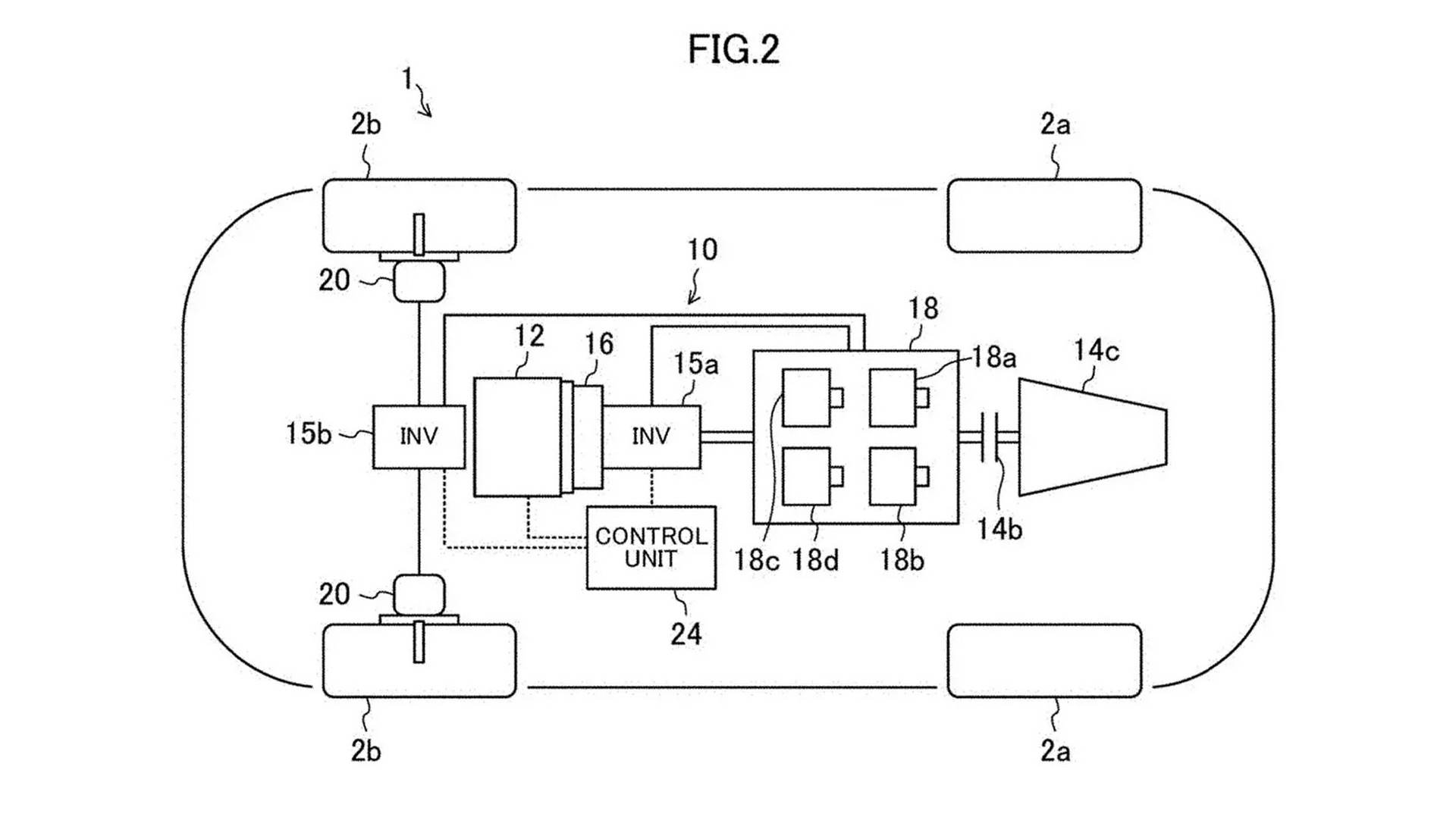For enthusiasts, Mazda will always be synonymous with the rotary engine, which was initially introduced in the 1967 Cosmo Sport and subsequently featured in a range of RX-badged sports cars.
Over the years, rotary engines have played a pivotal role in Mazda’s history, propelling a Le Mans-winning car and, more recently, making a comeback as a range extender for the MX30 compact electric crossover. However, it’s worth noting that this engine variant is not available in the United States.
Could we anticipate the emergence of a more potent rotary engine in a contemporary RX model? The primary challenge lies in aligning the fuel-consuming nature of the engine with stringent emissions standards while simultaneously enhancing its power output. Mazda’s previous rotary-powered sports car, the RX-8, showcased a modest 232 horsepower, yet its thirst for fuel resembled that of a V-8 engine.
Mazda’s patent applications indicate their investigation into the use of hybrid technology as a viable option to incorporate a rotary engine as a direct power source for the wheels of a car.
As initially observed by The Drive, Mazda has recently filed a patent application with the United States Patent and Trademark Office, and it has now been publicly released. The patent showcases a hybrid configuration wherein a rotary engine (12) is positioned at the front and combined with an electric motor (16). These two power sources work together to provide propulsion to a transaxle (14c), ultimately transferring power to the rear wheels (2a). To achieve all-wheel drive capability, the powertrain is further equipped with two additional electric motors (20), referred to as in-wheel hub motors.
An earlier patent resembling this concept emerged in the previous year, but the most recent one offers a wealth of additional insights into the electric components of the powertrain. In the patent, the two in-wheel motors are characterized as 17-kilowatt (23-horsepower) induction motors, while the motor coupled with the rotary engine is specified as a permanent magnet synchronous motor generating 25 kilowatts (36 horsepower).
The latest patent unveils an intriguing concept for the battery system (18) that stores recovered energy and powers the electric motors. It introduces a unique variable-voltage system, combining four individual 48-volt battery systems for optimal weight distribution. These systems operate independently during regular driving but can be interconnected to form 96-volt units for peak power requirements, minimizing high-voltage connections and reducing weight. Despite no official confirmation, Mazda’s patent activity indicates a persistent interest in developing a modern rotary sports car, even amidst tightening emissions regulations, evident in the unveiling of the RX-Vision concept in 2015.





